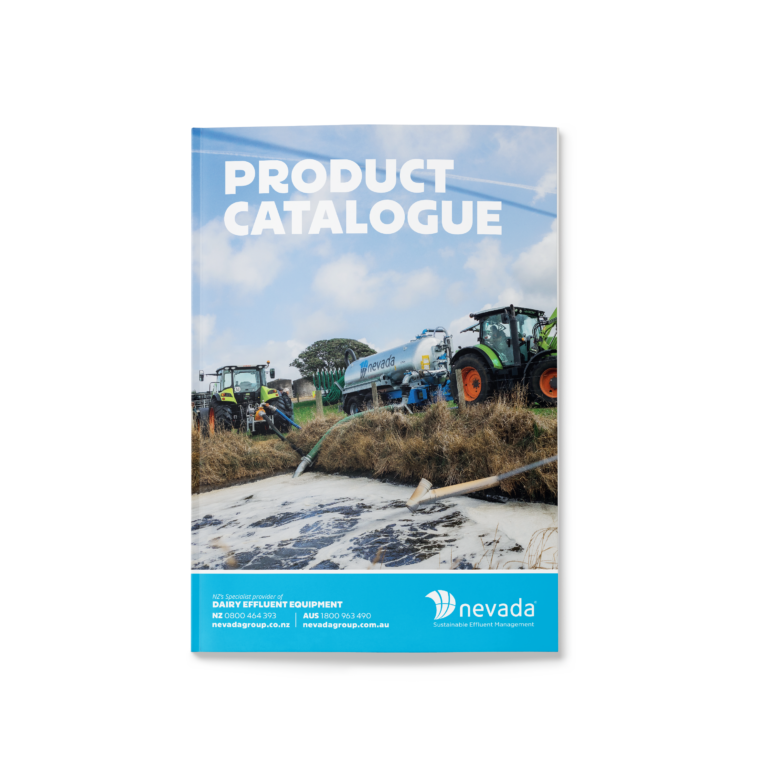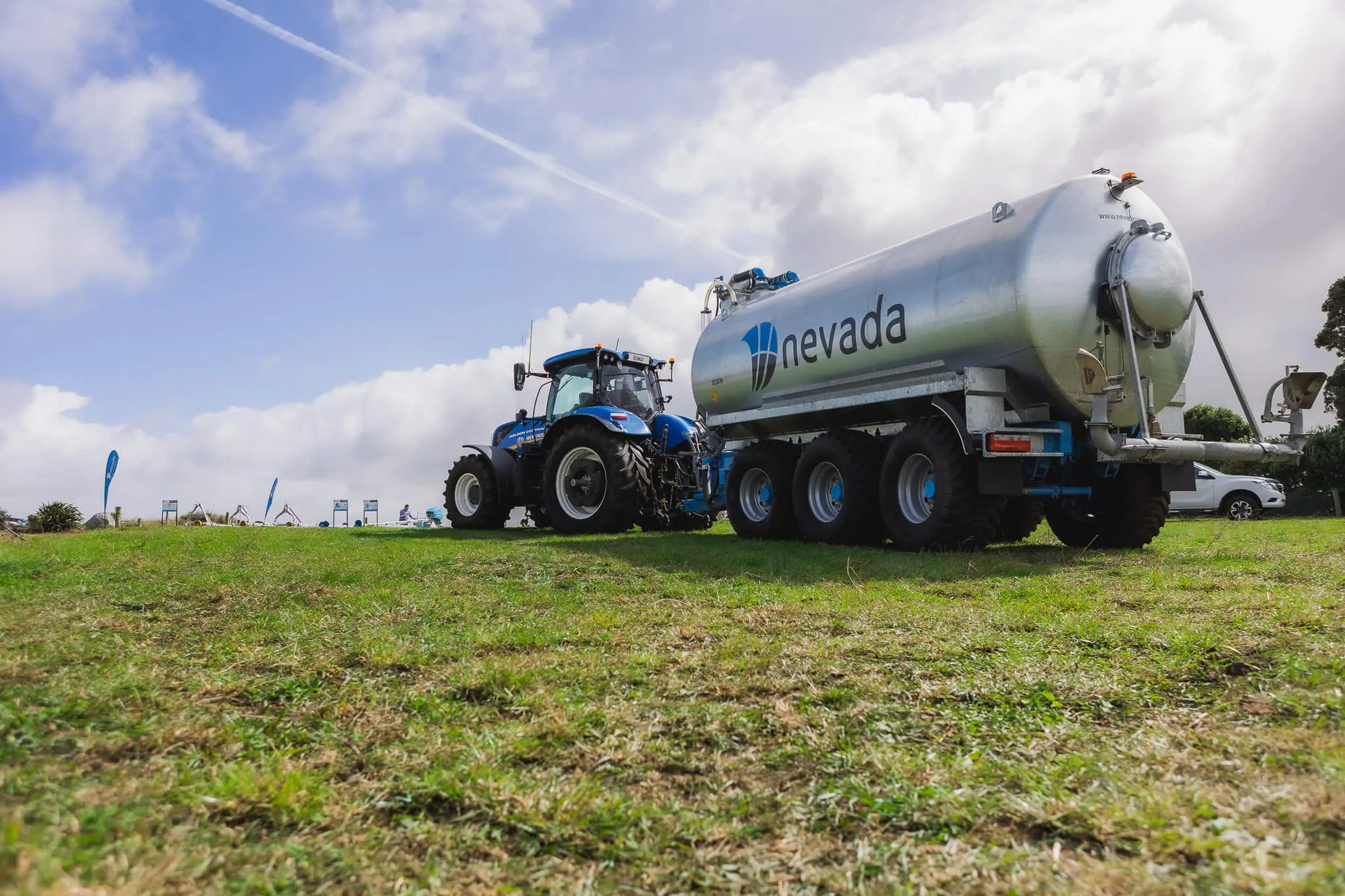- Sustainable Effluent Management
The nutrients found in your effluent pond can be added back into the soil in order to improve pasture yield.
When spreading effluent, there is the very real risk that nutrients could be overloaded or underutilised. Too much effluent, and you risk:
Because of this, farmers are often underutilising their effluent nutrients by applying too little across a too-large area. This means that the effluent isn’t saturating the soil enough to sink into the required depth, and the plants don’t receive as many of the nutrients as they could.
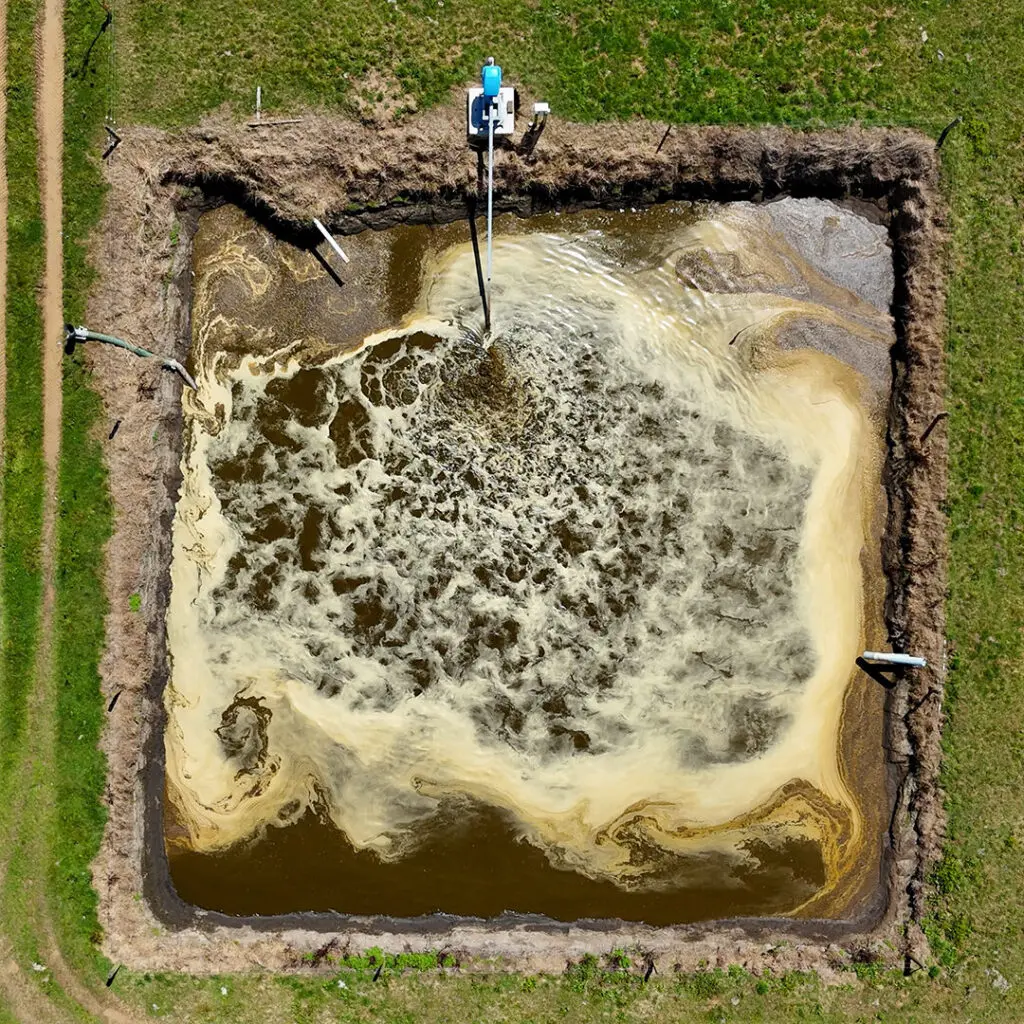
According to Logan Bowler, the environmental extension specialist for DairyNZ, the average dairy cow on a predominantly grass diet produces $25 worth of nutrient annually. For a 400-cow herd, that’s about $10,000 a year in fertiliser savings. For farms using supplement feed, the savings can be even higher.
In the current economic climate, you can’t afford to ignore or underutilise the benefits of effluent as a resource. Here we look at how to avoid underutilising effluent in order to save more money.
The most important thing to understand about farm dairy effluent is that every pond will contain a different makeup of nutrients. A huge range of factors – from the age of your herd to the weather patterns and types of pasture they’re grazing – contribute to the nutrient load, and nutrient ratios vary widely from farm to farm.
To get the best results, it’s important not to rely on general data and to ensure you understand your own dairy effluent nutrient ratios. Talk to the team at Nevada and we can help you figure out your nutrient load.
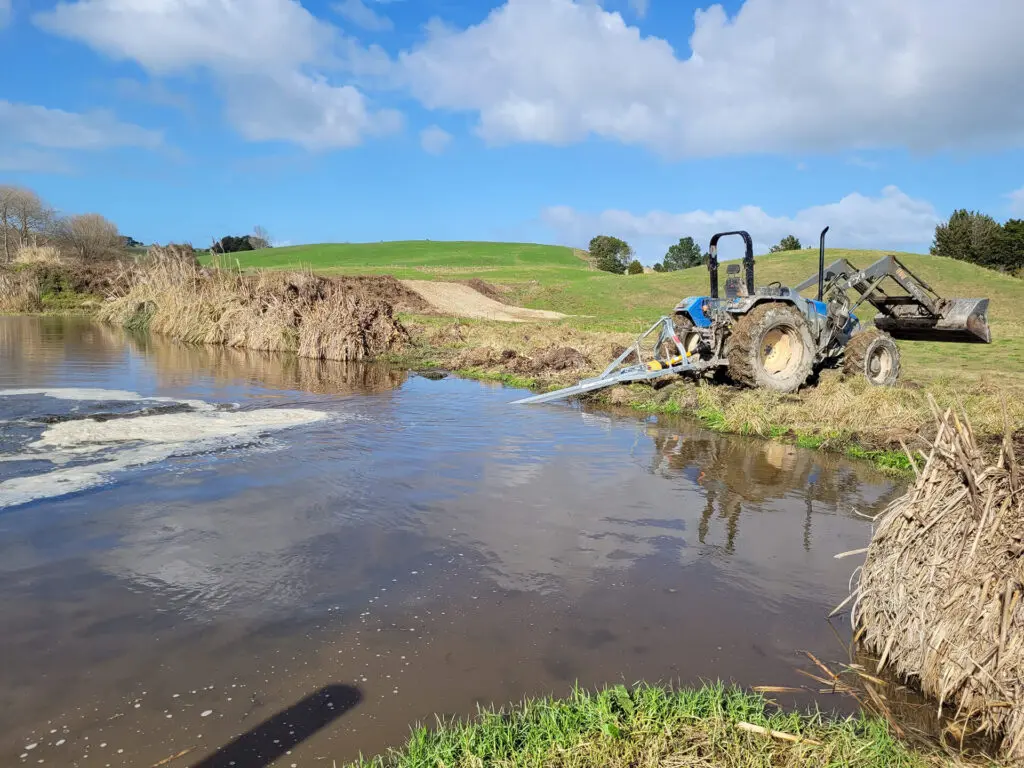
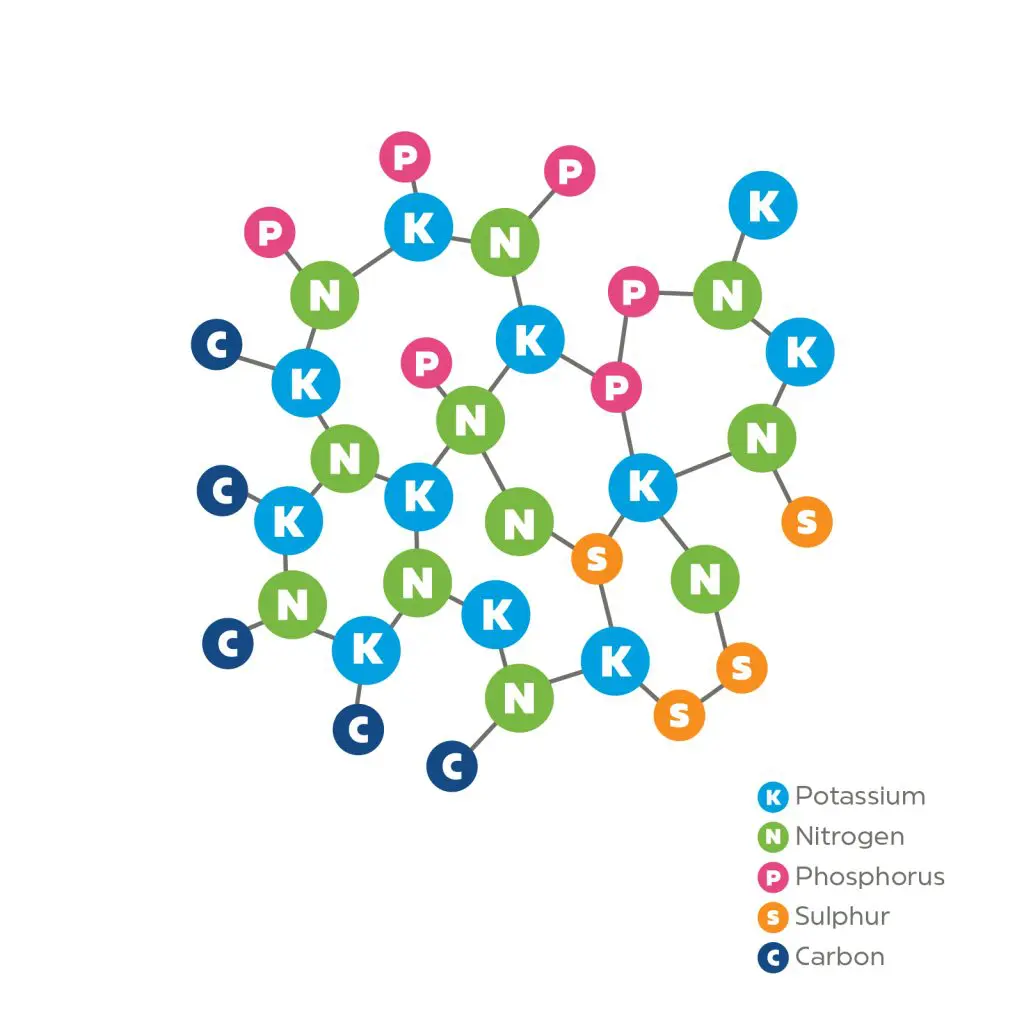
Although effluent contains an abundance of the three key nutrients for pasture growth – Nitrogen (N), Phosphorus (P) and Potassium (K) – it never includes these in identical, balanced proportions. If you apply nutrient based on only one ratio, you could end up overloading the soil on one of the others, with bad results.
Your application rate should be based on supplying the most limited nutrient, which may mean the other nutrients will have a shortfall. You may need to supplement with additional nutrient fertiliser for the best results.
If you want to ensure you don’t underutilise your effluent – effectively tossing money away – then contact the Nevada team. We’re here to offer expert advice and discuss the options for your dairy effluent management system.
Contact the team at Nevada on 0800 464 393 or email sales@nevadagroup.co.nz
"*" indicates required fields
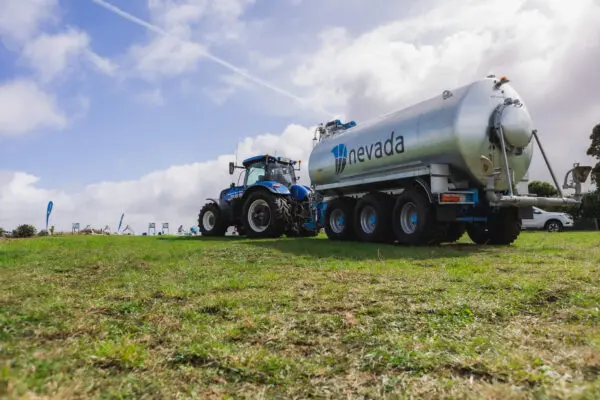
"*" indicates required fields

"*" indicates required fields

"*" indicates required fields
